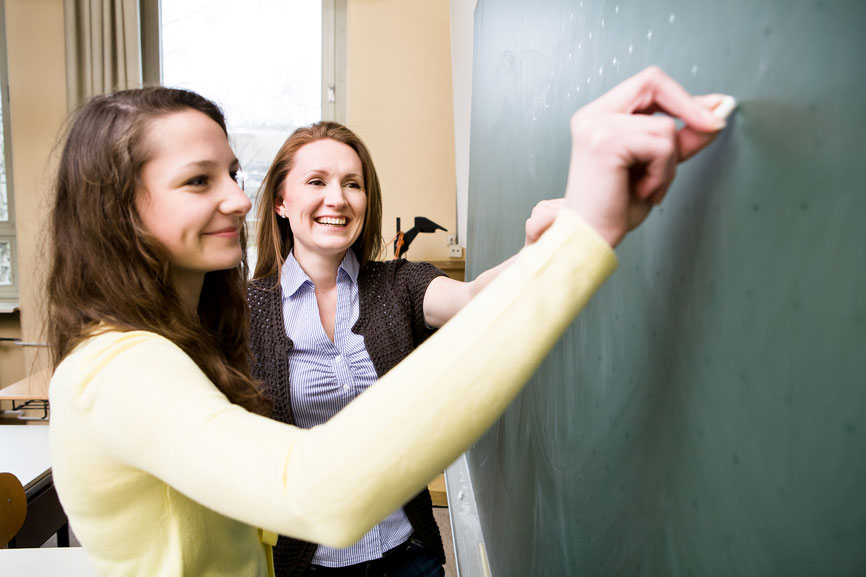Learner-Centered Professional Development
Implementing learner-centered professional development is one of the most important influences that schools can address. Teachers can use their current knowledge and what they believe at the moment to infer new information. The vision for learner-centered professional development places schools at the center of teacher learning. The districts must approve and support continuous adult learning that is essential to the professional learning community. Also districts need to be committed to the idea that such learning must support whole school reform and student success. School boards, superintendents, and central office personnel may need professional development of their own to figure out how to help propose a system that is supportive, aligned, and allowed to evolve.
“School improvement happens when a school develops a professional learning community that focuses on student work and changes teaching…In order to do that, you need certain kinds of skills, capacities, and relationships. Those are what professional development can contribute to…Any school that is trying to improve has to think of professional development as a cornerstone strategy.” Michael Fullan, 1999
The following principles reflect a combination of current research and are influenced by the U.S. Department of Education and the national Staff Development Council, as well as other organizations concerned with professional development.
- The content of professional development focuses on what students are to learn and how to address the different problems students may have in learning the material.
- Professional development should be based on analyses of the differences between (a) actual student performance and (b) goals and standards for student learning.
- Professional development should involve teachers in identifying what they need to learn and in development the learning experiences in which they will be involved.
- Professional development should be primarily school-based and built into the day-to-day work of teaching.
- Most professional development should be organized around collaborative problem solving.
- Professional development should be continuous and ongoing, involving follow-up and support for further learning – including support from sources external to the school that can provide necessary resources and new perspectives.
- Professional development should incorporate evaluation of multiple sources of information on (a) outcomes for students and (b) the instruction and other processes involved in implementing lessons learned through professional development.
Professional development should provide opportunities to understand the theory underlying the knowledge and skills being learned. - Professional development should be connected to a comprehensive change process focused on improving student learning.
Note: The source of these design principles is the National Partnership for Excellence and Accountability in Teaching
The following table will show the traditional professional development and the learner-centered professional development model.
|
Traditional Professional Development |
Learner-Centered Professional Development |
| Reliance on workshop-type offerings with little feedback for teacher participants | Continuous professional development that uses feedback and reflection to deepen teachers’ knowledge and skills |
| Central office control over professional development activities | Principals and teachers plan and implement most professional improvements |
| Disconnected from the day-to-day experiences of teachers | Learning through professional development embedded in the daily work of teachers |
| Little, if any, correlation between professional development and school improvement plans | Professional development considered central to continuous school improvement |
Redesigning professional development into learner-centered models will be challenging. Some of the challenges will be establishing consistencies, lack of buy in by administrators and teachers, and the need of agreement by all involved parties. Many districts are moving toward this model which will help student achievement after it is put in place. Most importantly learner-centered professional development will change how we think about educators and teaching.










